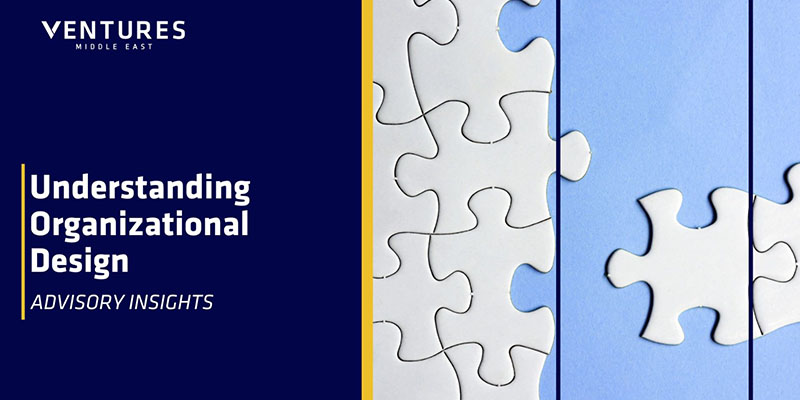Bridging the Gap: Organizational Design Recommendations for Corporate Success

Bridging the Gap: Organizational Design Recommendations for Corporate Success
Staff Writer
In today's fast-paced and ever-changing business landscape, organizations face the constant challenge of aligning their structure, processes, and people with their long-term goals and objectives.
To navigate these challenges successfully, organizations must engage in the process of organizational design.
